20 Bright Siders Share Stories That Prove Children Live to Tell the Truth to Anyone They Meet

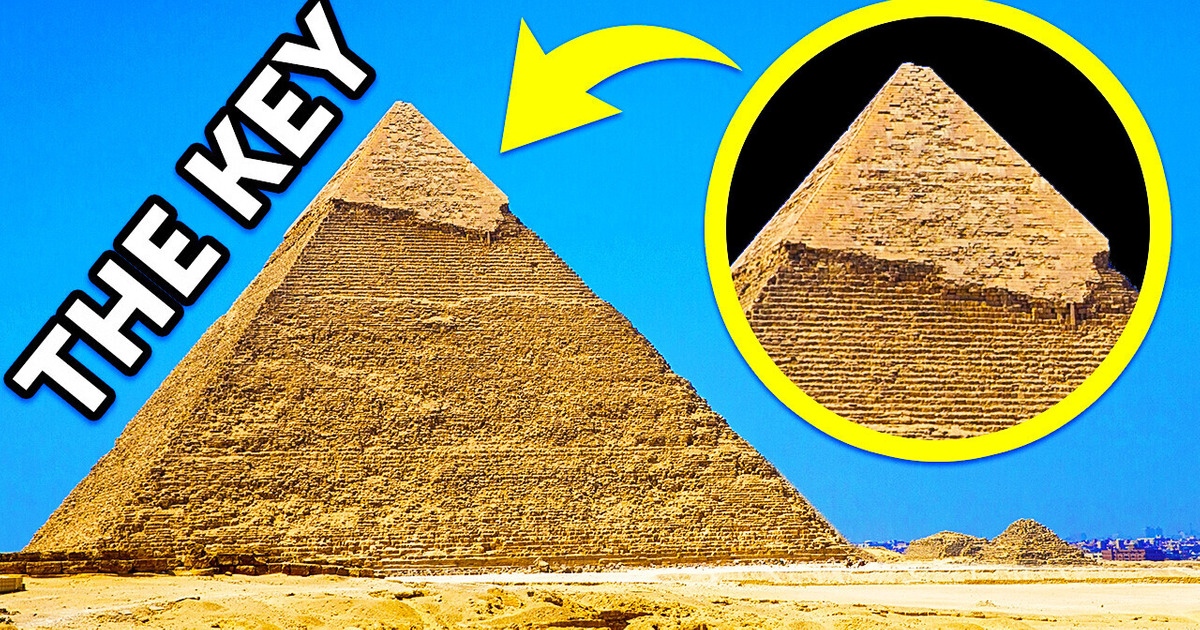
Imagine working seven days a week on a large-scale construction site. You, along with thousands of others, carry millions of stone blocks and put them on top of each other according to a complex system. You work without modern construction equipment. You have no air conditioning or constant access to water. It’s so hot outside that you can fry eggs on the road.
You’ve been building the pyramid for decades. And now, when it’s finally done, you enjoy the result of the colossal work of thousands of people. You’re looking at a giant cultural monument of global value that will freeze in time and amaze people for tens of thousands of years.
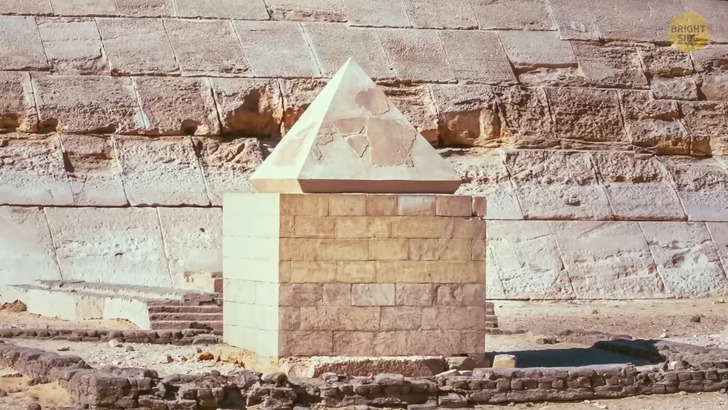
A few thousand years have passed. People in the 21st century see the pyramids and were like: “Wow! I can’t believe humans have built this.” Yeah, the people who built the pyramids wouldn’t have appreciated such a theory. But actually, there are reasons to believe that people built it using some fantastic technology.
From the outside, it seems the Great Pyramids are just big triangles of stone. People just put some heavy blocks on top of each other, and that’s it! In fact, the design seems too perfect to be true. The pyramid consists of more than two million blocks. They lay so close to each other and are so even that you couldn’t squeeze even a thin sheet of paper between them. Scientists still can’t figure out the exact technology for building the Egyptian pyramids.
One of the biggest and most famous is the Great Pyramid of Giza. This huge construction, well-known all over the world, has one big secret. There should be a capstone on top of the pyramid. It’s a triangular-shaped stone block, a small pyramid on top of a huge one. It’s also called a Pyramidion. The builders of Ancient Egypt made it out of granite and limestone and covered it with gold. No records or old drawings prove that there was a Pyramidion at the top of the Great Pyramid of Giza.
But there’s another ancient Egyptian structure with such a triangle — the Red Pyramid. It was built before the Great One, and its capstone has survived to this day. Archaeologists have found and reconstructed it. But where could the capstone of the Great Pyramid be? It’s a mystery that still has no answer.
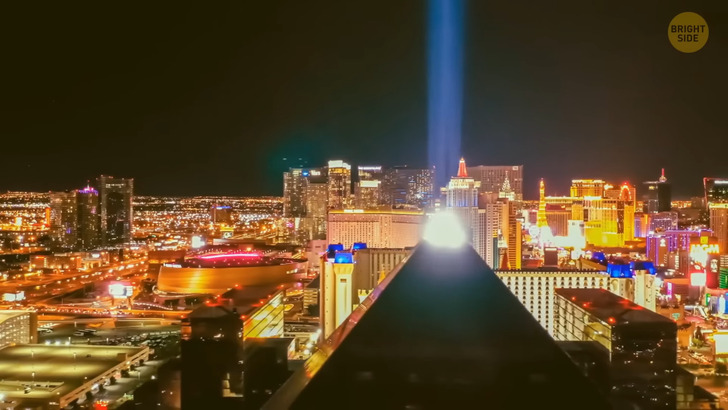
Some are sure that some thieves have stolen it from the top. Maybe they just climbed up and pushed the Pyramidion down. It makes perfect sense: the capstone was probably the most valuable element of the pyramid. Many scientists and archaeologists still don’t know its exact purpose. Some believe that this peak covered with gold glorified the Pharaohs. The capstone reflected moonlight at night and illuminated the entire space around it. During the day, the capstone reflected sunlight with its shiny surface. You could have noticed it from afar.
The top of the pyramid was a kind of guiding star for lost travelers. All other stone blocks of the pyramid consist of limestone. People polished them to make them look shiny. In the past, they were even glowing and reflected light. You could see glowing pyramids from space, although they looked like tiny lights.
Over thousands of years, winds, sand storms, and rains have changed the pyramids’ appearance. If people had taken care of them all this time, they would have looked like something out of science fiction movies or the pyramids from Las Vegas. But unfortunately, we will never see their original appearance. Some archaeologists and scientists believe that the capstone could absorb the sun’s energy and distribute it evenly throughout the pyramid.
No one knows precisely why the Egyptians needed this technology. There’s a theory the pyramids are ancient energy systems. The Pharaohs applied this energy to use some unique technologies that were more advanced than all the achievements of the 21st century. And the triangular shape of the pyramids was ideal for boosting this electromagnetic energy.
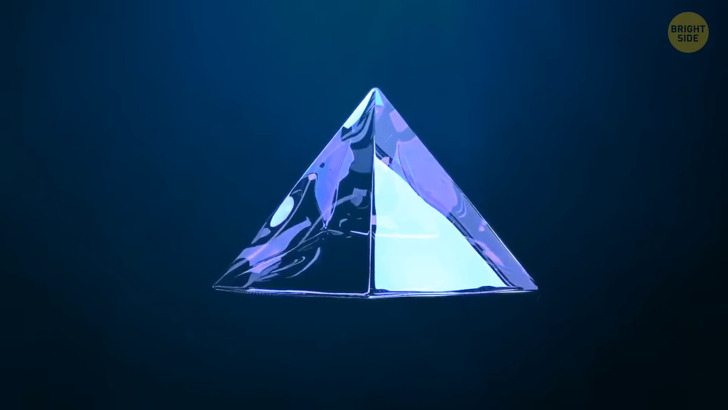
In theory, solar radiation or electromagnetic forces accumulated at the top of the pyramid, filled the inner rooms, and then went down the walls to the base. Any surface distortion could prevent the flow from spreading, so they had to create a perfectly smooth surface. That’s why they installed the blocks so that nobody could squeeze a needle or razor blade between them. Many people believe in this theory because they built the pyramids from limestone. This material can hold energy inside itself.
In the inner part, they created granite deposits to cause air ionization, that is, to create an electric charge. They also dug channels under the pyramid for water to transmit electricity. And at the top, they put a gold capstone — the best conductor of electricity. So, this is how you get a great power generator. Different cultures used similar technologies to create electricity all over the world. But these are all theories. If it had been working, humanity would have used these technologies today.
There are mentions of the metal industry, chemistry, engineering, physics, mathematics, and astronomy in some ancient records. Most scientists don’t believe in all these things. We know the detailed stages of the technologies’ development in different cultures. In the 21st century, scientists, historians, and anthropologists can track the evolution of all modern devices.
If people had created some technological inventions in ancient times, the history of the world would have looked different. Perhaps, all the achievements of antiquity could have been wiped off the face of the Earth by global cataclysms. And it can happen to us. Just imagine how people would dig up a laptop in five thousand years. Perhaps, they wouldn’t understand what kind of device it is.

Another Egyptian wonder surrounded by mystery is the statue of the Sphinx. The Egyptians carved it out of a single massive piece of limestone about 4.5 thousand years ago. But scientists still don’t know the exact date of its construction or who built it. People painted the Sphinx in different colors, so it looked much brighter and more vivid in the distant past. It was shining just like the Great Pyramids. Anyway, time hasn’t only changed its appearance, but its name, too.
Initially, the Egyptians called it Horemakhet. The Greeks renamed it the Sphinx about a few hundred years after it had been built. The Sphinx emphasized the greatness of the rulers of Egypt. It also performed the symbolic function of a watchdog guarding the tomb of the Pharaoh and the paths leading to it. This version sounds realistic since archaeologists have discovered many secret entrances at the foot of the Sphinx.
Perhaps these rooms and intricate tunnels lead to underground halls with treasures. And treasures don’t always mean gold and jewelry. According to legends and theories, the Sphinx guards the Hall of Records — the storage of all humankind’s knowledge. The information about the ancient mythical state of Atlantis could be there. You can find many detailed maps of the internal dungeons of the Sphinx on the Internet. They show structures 12 stories deep under the statue. It looks like a small city filled with gold, scrolls of knowledge, and various ancient artifacts.
But don’t believe all these maps. These are just theories. Several thousand years have passed, but people have very little information about it. Archaeologists know that there are still many strange and exciting things about the Sphinx that are still undiscovered. Some locals are afraid to research because they believe they can awake something terrible from the underground depths. Therefore, it’s mostly scientists from other countries who conduct the excavations.
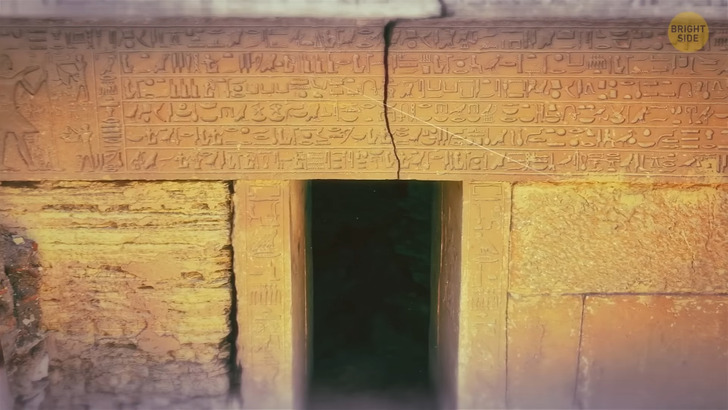
In 1998, scientists discovered strange tunnels leading to empty rooms under the Sphinx. They realized that some people tried to get there through tunnels in the past. And maybe those people took all the treasures that were there. One of the legends says that some powerful artifact lays beneath the Sphinx. Its technology can change the whole world, but the locals are hiding it because it can damage the planet.
Some believe that you can find evidence of unknown technologies painted on the granite walls in the Pharaoh’s tombs. But most likely, these paintings and signs tell us the myths and legends of Ancient Egypt. But what if Egyptian symbols and drawings are detailed instructions for using ancient technologies? What if the locals that lived at that time thought: “Hmm, people in the future won’t be able to get energy themselves. Let’s leave some detailed instructions for them!”
Anyway, there are many riddles and theories. In reality, the search for answers is a dangerous undertaking since it’s not easy to get into the underground halls. Excavations can ruin the structure of the entire Sphinx. Any person inside the tunnels may get lost and never be able to find their way back. Besides, it costs a lot of money. Now what would be awesome is if people could invent some device that could scan underground areas and show their detailed models.











